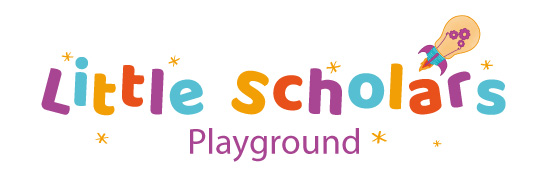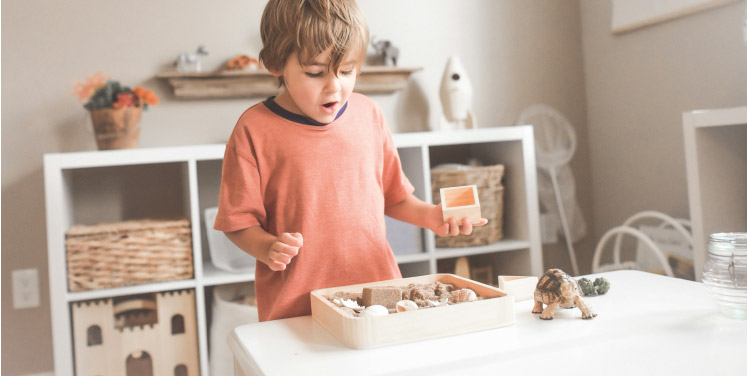With the variety of toys and gadgets children have access to today. It’s so easy for children to become overwhelmed by the sheer volume of options to entertain and play with at home. This is where toy rotation comes into play (no pun intended) – a great way to bring a breath of fresh air to your child’s playtime. In this blog post, we’ll explore why toy rotation is great for children’s development, how it fosters creativity, keeps children engaged and helps to create a love for learning.
Reduce overstimulation
Too many toys in a child’s play area can lead to overwhelm and overstimulation. When a child is overstimulated, it can make it challenging for them to focus and engage deeply with any single toy. Rotating toys allows your child to concentrate on specific toys without feeling overwhelmed. By reducing overstimulation through toy rotation, this can help to improve concentration and creates a calmer play experience.
Promotes learning development
By introducing different types of toys through rotation, you provide your child with a diverse range of learning experiences. For example, a week of building blocks may enhance spatial skills, while a week with art supplies could encourage creativity and fine motor development. Toy rotation becomes a simple effective way to adapt to your child’s evolving interests and developmental needs.
Imagination and creativity
Toy rotation helps to keep things fresh and exciting. By periodically swapping out toys, you encourage your child to rediscover forgotten favourites and it helps your child to approach play with renewed enthusiasm. This regular rotation stimulates their creativity, prompting them to find new ways to play with familiar toys and fosters an imaginative mindset.
Encourages appreciation
When children have access to a limited number of toys at a time, they are more likely to appreciate and value their toys. This not only teaches them the importance of taking care of their belongings, but it also instils a sense of gratitude for the variety of toys they have.
Minimise clutter
Why does it feel like our children’s play area is always so busy?! Toy rotation will help you to manage clutter. By rotating toys, you can create designated areas for specific types of play, making clean-up easier for both you and your child. This organised approach fosters a sense of responsibility in children as they learn to return toys to their designated spaces.
How to approach toy rotation
Toy rotation isn’t just about moving toys around; it’s a strategy that opens doors to a world of creative possibilities for your child. There are no rules when it comes to toy rotation, so you can create a system that works for you. First you can gather all your toddler’s toys, then begin to de-clutter them by getting rid of any broken toys or toys that your child has outgrown. Then divide the toys into categories and rotate them as often as you feel necessary (weekly is a good starting point).
Now time to watch as your child’s playtime becomes a journey of discovery and joy! Comment below and let us know if you rotate your child’s toys. How often do you rotate your child’s toys and do you see the benefits?
Author
Natalie is the co-founder and illustrator at Little Scholars Playground. She is passionate about literacy, learning, illustrating, women in STEM and the Montessori practice.



